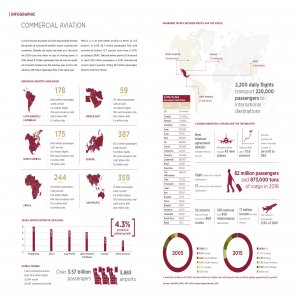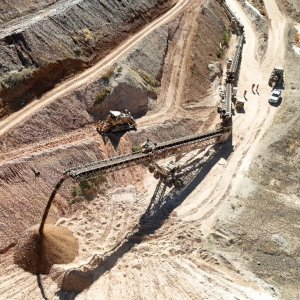Technology Should Never be Left Behind

Technology Should Never be Left Behind

STORY INLINE POST
Q: How aligned is Mexico with the technological trends adopted by other industrialized hubs?
AT: Companies in Mexico are already analyzing how to implement Industry 4.0 practices into their production. Having said that, if the world is at an advanced stage in the adoption of the latest automation and optimization technologies, Mexico’s maturity level is very low in comparison.
MN: Mexico has always been regarded as a low-cost manufacturing destination. In contrast, Industry 4.0 implementations require large investments. The moment technology becomes more affordable than human labor, the industry will transform. According to the OECD, Mexico is the least prepared country in sensorization and digitalization. We can see some robotics projects and automation strategies but human labor remains the most cost-effective alternative in the country. The problem Mexico faces is that technology prices keep falling and it will not be long before they match the country’s competitive labor advantages.
Q: How ready are Mexican companies to face the technological challenges posed by leading international players?
AT: New manufacturing plants from OEMs and global Tier 1 suppliers are arriving to Mexico, all with state-of-theart production technology. However, in lower tiers there is no knowledge or strategy regarding automation and technology integration.
MN: There are massive technology gaps. SMEs are practically unaware of the advantages these advances can offer and they do not have the necessary resources to invest in advanced manufacturing equipment. The situation worsens when we consider that there are no real incentives from the government to incorporate advanced technology among national suppliers, while the industry is not that committed to developing the local supply chain. For many years, the driving force in the Mexican industry was to produce more with less. However, this is no longer enough, according to international standards. Companies must now learn how to add value to their operations.
AT: Mexican companies are not ready to face the technological challenges; they are more focused on surviving. If companies do not offer an added value, their products will be commoditized, which will be a huge problem in the next five years due to the extreme competition in the market and the evolution of new technologies. Small suppliers must find a way to enter the production chain or they will meet their end at the hands of larger players.
Q: What do you see as the biggest opportunities to improve optimization processes based on Industry 4.0 ideals?
AT: Plants generate huge amounts of data but it is of no use if it is not compiled and structured to offer predictive information about the site’s performance. There are many companies now offering data analysis solutions but clients must be committed to the necessary investment, not only in their products and processes but in the development of the right human capital to use these tools.
Q: What are the main areas the industry must focus on to continue its consolidation?
AT: The Mexican industry faces two pressing needs. The first is for local companies to invest in certifications and process optimization. OEMs and Tier 1s no longer focus on just-in-time processes. The goal now is just-in-sequence, which means suppliers must now become part of their clients’ production line, delivering the products the line needs in the exact moment, quality and quantity it demands. Companies that cannot meet these standards will be left out. The second priority for Mexico is to grow availability of products that are not manufactured locally.
























